Big cats, like lions, tigers, leopards, and jaguars, are among the most majestic creatures on earth. Unfortunately, they face numerous threats, including habitat loss, poaching, and human-wildlife conflict. Conservationists worldwide are relentlessly working to protect these vulnerable species and are increasingly turning to innovative technologies to aid their efforts. One such innovative approach is the use of artificial intelligence (AI) to enhance the monitoring and protection of big cats.
The Role of AI in Conservation

AI is a transformative technology capable of processing vast amounts of data efficiently and accurately. Its application in conservation involves analyzing patterns from complex datasets, making predictions, and offering insights that are not immediately apparent to humans. AI’s extensive learning capability allows conservationists to monitor wildlife populations, track movements, and predict potential threats, thereby designing better strategies for big cat protection.
Tracking Big Cats in Vast Territories
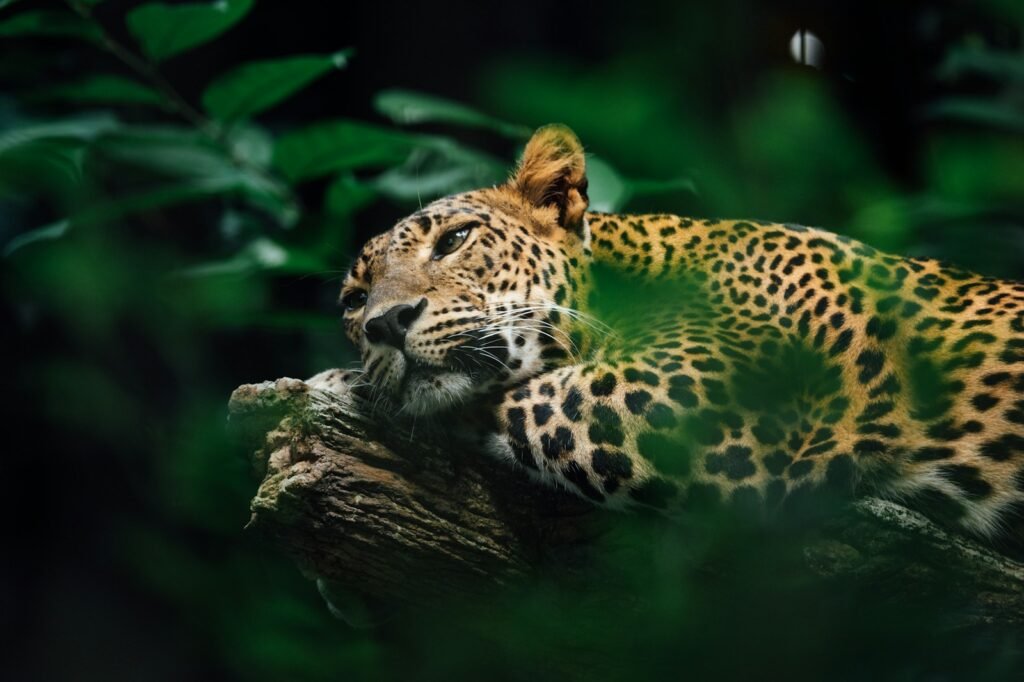
Big cats inhabit expansive territories that are often difficult for humans to monitor consistently. AI-powered camera traps equipped with motion sensors and infrared technology have revolutionized wildlife tracking. These devices automatically capture images and videos of animals in their natural habitats. Advanced AI algorithms can then process this imagery, identify individual big cats, and track their movements over time, revealing crucial insights about their behavior and ecology.
Facial Recognition for Big Cats
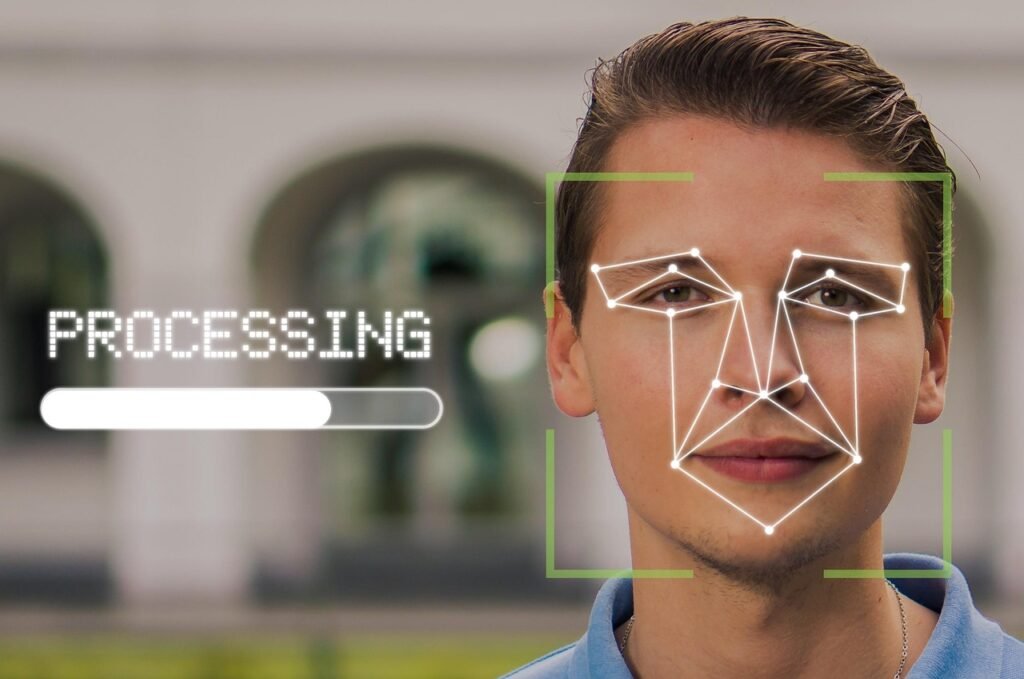
Just as facial recognition is used in human security systems, AI is now being deployed to recognize individual big cats. This technology utilizes unique facial patterns to identify and catalogue individual animals. This method helps conservationists monitor the health, population dynamics, and social structures of big cat populations, providing essential data to inform conservation strategies.
Predictive Analysis to Anticipate Threats

AI excels in predictive analysis, and conservationists leverage this capability to anticipate potential threats to big cats. By analyzing data from various sources, such as weather patterns, human activity, and past wildlife movement, AI can predict areas where big cats are at increased risk. This foresight allows conservation teams to take proactive measures, such as increasing patrols in high-risk zones, thereby preventing poaching and human-wildlife conflicts before they occur.
Genetic Analysis of Big Cat Populations

AI is also transforming genetic analysis in conservation. By processing DNA samples from big cats, AI algorithms can assess genetic diversity within populations, identify inbreeding issues, and establish connections between isolated groups. This genetic mapping is crucial for developing strategies to maintain genetic diversity and, consequently, the resilience of big cat populations.
Augmenting Anti-Poaching Efforts
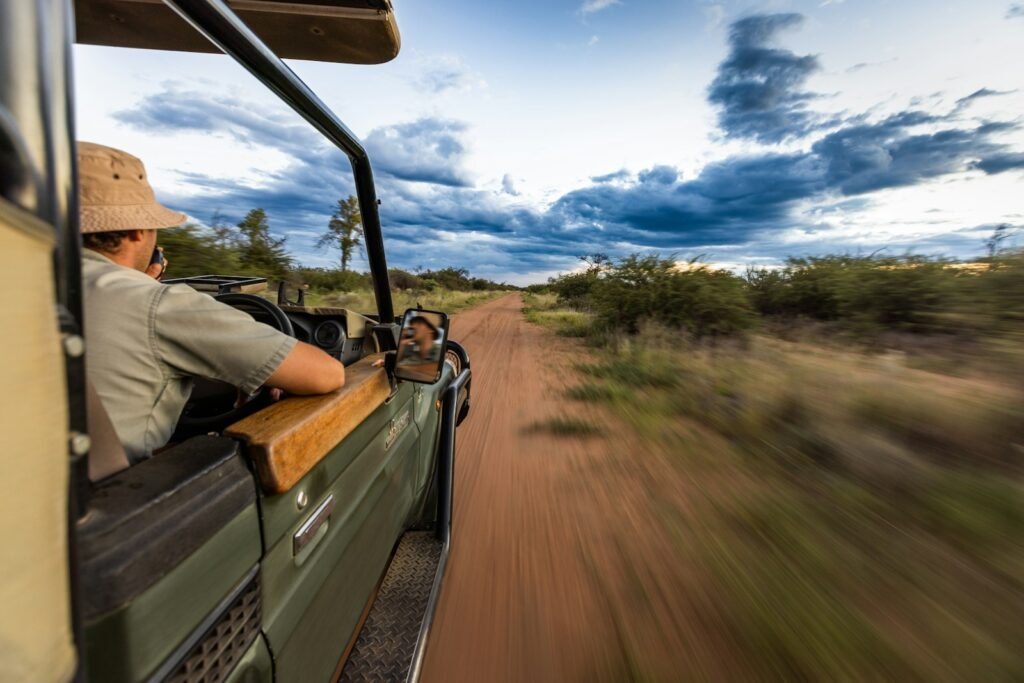
Poaching remains one of the most significant threats to big cats. AI-driven systems enhance anti-poaching efforts through various means. For example, drones equipped with AI can autonomously patrol conservation areas, scanning for human activity and alerting rangers to potential poaching attempts. AI-powered networks can also analyze social media and the dark web to detect illegal wildlife trade activities, helping authorities intervene before poached items enter the market.
Crowd-Sourced Data Collection

AI empowers citizen scientists to aid in big cat conservation. Mobile applications equipped with AI allow everyday individuals to record sightings of big cats, providing valuable data points that contribute to large datasets. By crowdsourcing data, conservationists can gather vast amounts of information, filling gaps that would otherwise be impossible to address due to limited manpower and resources.
Challenges and Ethical Considerations
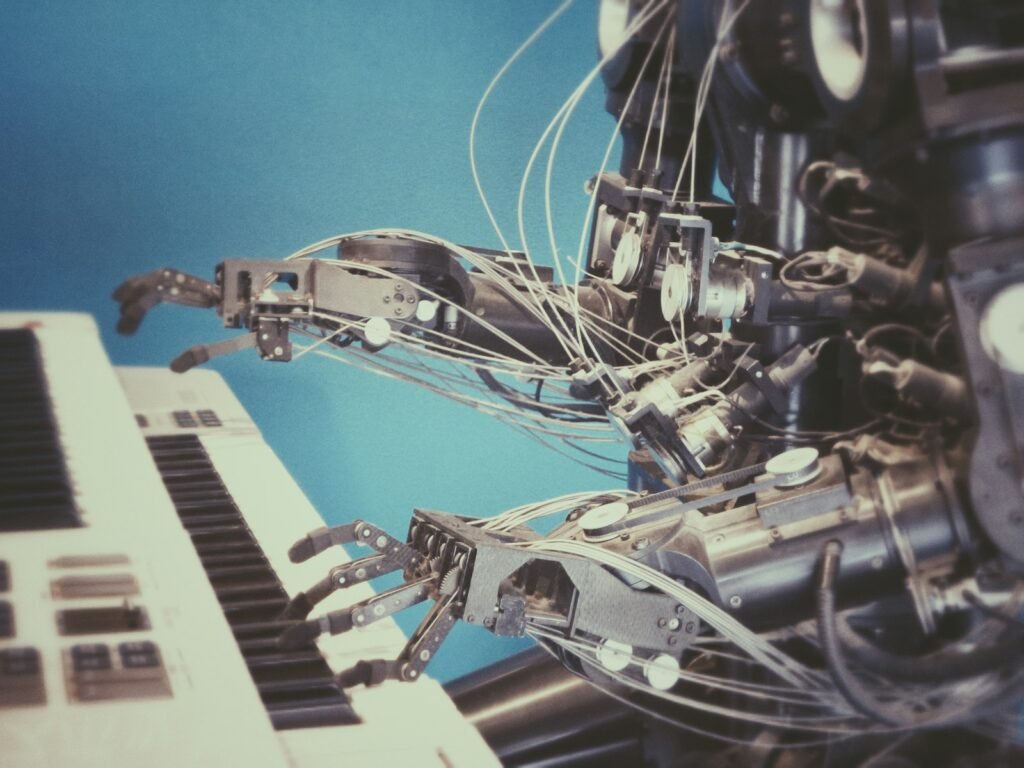
While AI presents many advantages, its use in conservation raises certain challenges and ethical considerations. For instance, the deployment of AI technologies requires substantial funding and technical expertise, which may be scarce in some regions. Additionally, there are concerns about privacy, particularly regarding the use of drones and cameras. Ensuring that AI is used responsibly and transparently is critical to gaining public trust and achieving conservation goals.
The Future of AI-Driven Conservation
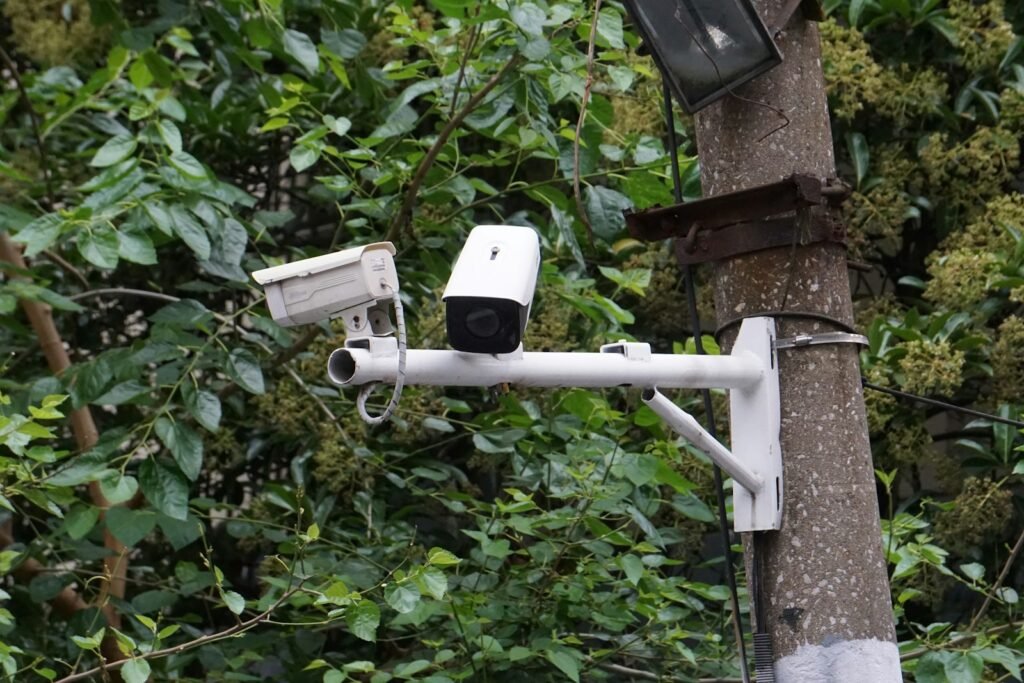
The integration of AI in big cat conservation continues to evolve. As technology advances, new applications and improved algorithms promise to further enhance the effectiveness of conservation strategies. AI’s ability to bridge information gaps and predict future threats suggests a bright future where technology serves as a crucial ally in preserving the planet’s dwindling big cat populations.
Conclusion: A Technological Beacon for Wildlife Conservation
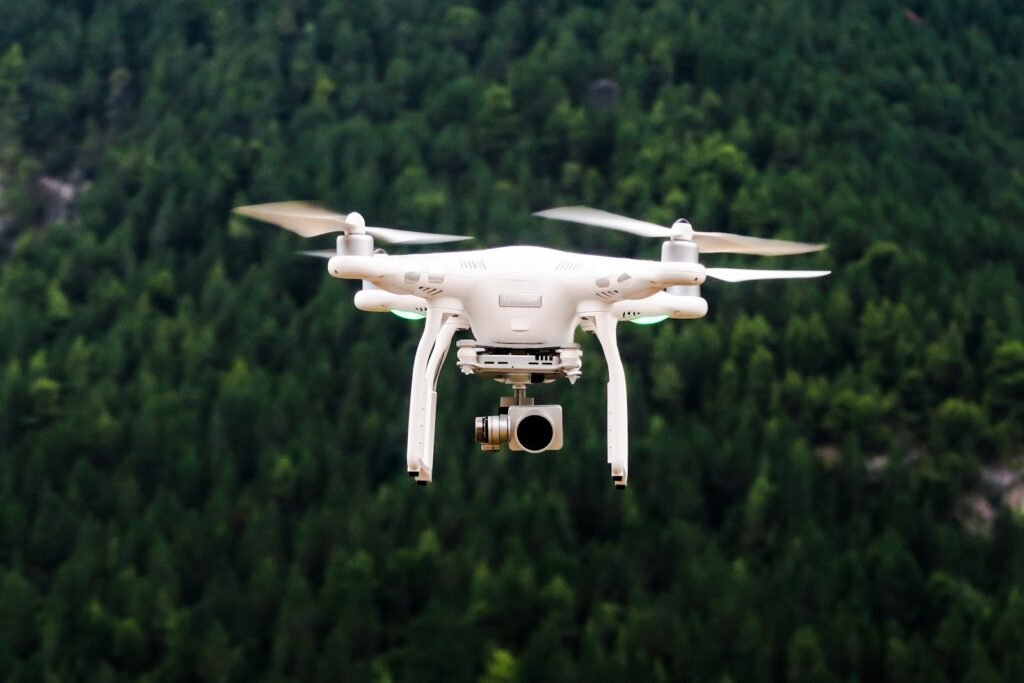
AI is proving to be a powerful tool in the fight to save our planet’s big cats. By enhancing the capacity to monitor, analyze, and protect these animals, AI is not only advancing scientific understanding but also empowering wildlife conservationists to innovate and succeed in their mission. Increased awareness and investment in AI technologies can drive further successes, ensuring that future generations can continue to marvel at the beauty and majesty of big cats in the wild.

Growing up traveling and experiencing new cultures and wonders, I have had a passion for nature, adventuring, photography, and videography. I am currently working towards a BSc in Biodiversity and Ecology at Stellenbosch University, and I hope to specialise in Marine Sciences one day.
Please send any feedback to Feedback@animalsaroundtheglobe.com






